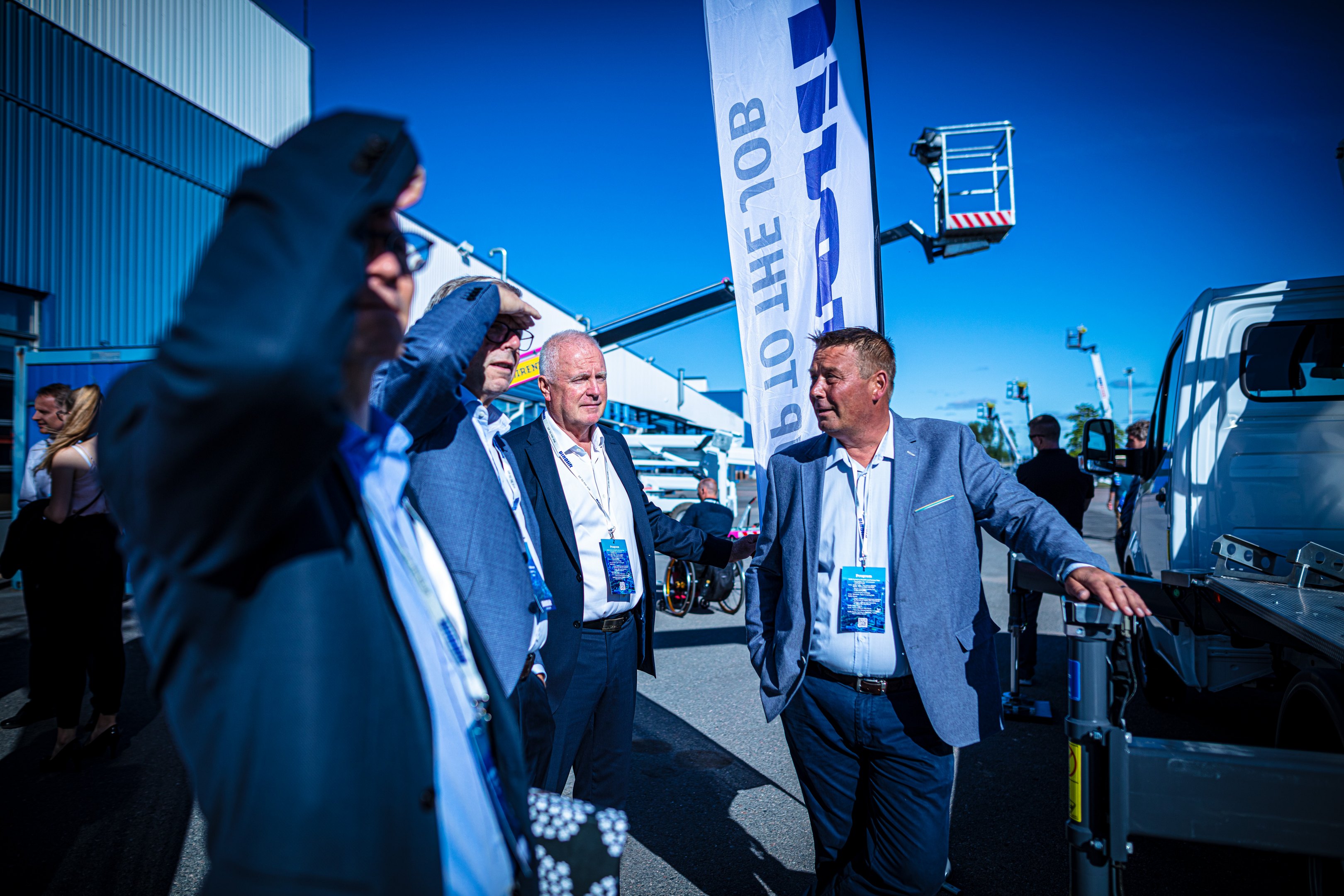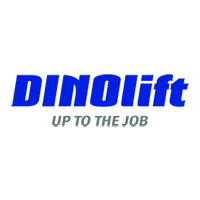Investing in a new machine or a fleet lowers overall costs but is a significant investment decision that requires consideration. Regional Manager Jussi Saarikallio explains why keeping your DINOs in good condition is essential, even during an economic slowdown.
Keeping your machine in good condition and meeting safety standards is essential when working safely at height. Acquiring a new MEWP might seem like an expensive decision during an inflationary period, so you should consider several points first. For example, what are the benefits of upgrading, and how can you get value from increasing fleet longevity?
Regional Manager Jussi Saarikallio says that actively following the if a particular model or sector has started to lose traction, it makes sense to optimise investment in other models or parts for your fleet.
“It pays off to focus on the machines in high demand if you’re looking to maintain the value of your fleet. Likewise, suppose you have an extensive renovation coming up, or you’re planning larger maintenance. In that case, you should carefully consider which makes more sense to you; investing in a new DINO or sticking with your current model,” Saarikallio advises.
.jpg?width=6470&height=4313&name=63-Jussi-Saarikallio%20(1).jpg) Jussi Saarikallio says you should always think ahead and consider how you're going to use your MEWP in upcoming projects. Image credit: Dinolift
Jussi Saarikallio says you should always think ahead and consider how you're going to use your MEWP in upcoming projects. Image credit: Dinolift
Retain value with regular maintenance
Regular maintenance adds to the working hours of the machine and keeps it safe to use. DINOs are known for retaining their value, but regular maintenance is required to keep a MEWP in optimal shape.
“In Finland, it is required for machines to undergo extensive maintenance every ten years. Requirements are different in every country, so it’s not required everywhere but strongly encouraged,” Saarikallio points out. “Conducting regular maintenance ensures that the machine is safe to operate and protects the machine’s value, which pays off when reselling or updating to a new model.”
Usually, an extensive maintenance should be done every ten years. But if the machine or fleet is in heavy use, it’s recommended to have inspections more often.
If regulations are not followed, the use of the machine can be banned. If an accident happens when operating the machine due to failure to follow the maintenance order, the owner of the machine can be legally liable for any damage or injury.
 Investing in a newer MEWP model can save costs in the long run. Image credit: Dinolift
Investing in a newer MEWP model can save costs in the long run. Image credit: Dinolift
Save by switching to battery-powered DINOs
Suppose you’re considering buying a new machine but are unsure about the investment. In that case, Saarikallio urges you to compare the overall costs because battery-powered models offer huge savings when there is no diesel engine to maintain. Even 30-year-old DINOs are still up to the job, but newer models can save costs in the long run.
“With a diesel engine, you must consider the fuel and maintenance costs, which are relatively high. While electricity prices were temporarily high, the situation has started to alleviate. Normally, yearly diesel fuel and maintenance costs can rise to hundreds or even thousands of euros compared to battery-powered machines. So, the savings are significant.”
Dinolift is also looking into how to help the customer to get batteries refurbished, which would further add to the longevity and sustainability of the machines, making it cost-efficient to switch batteries in an old appliance. Besides working at Dinolift, Saarikallio is a farmer, and he knows that the longevity of a machine is critical, especially for customers whose livelihood depends on the machine.
“Durability and reliability are seen as critical factors among end users. Investing in a new machine will improve efficiency, but everyone needs to evaluate their situation and see what makes sense individually.”
Being flexible and offering different solutions to customers to help them grow their business is a priority for Dinolift. Providing financing for equipment needs with leasing is one of those options.





